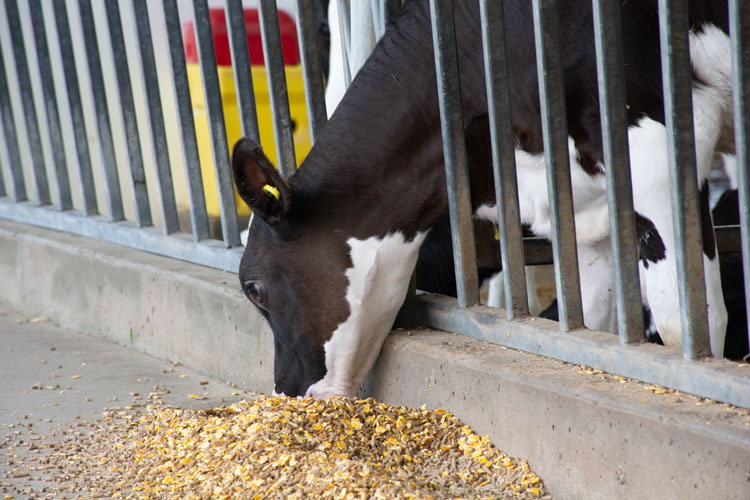
The “high-forage diet” has gained great momentum throughout the last decade as farms commit to growing more of their own feeds rather than purchasing them. Along with that has come a commitment to raising high-quality forages that feed well and keep the cows milking.
This is absolutely important and a relevant consideration for dairy farms. However, Vita Plus’ Pat Hoffman emphasized the vocabulary difference between a high-forage diet and a homegrown diet.
At the recent Vita Plus Nutrition Conference, Hoffman explained, “High-forage diets are not actually always high in forage; rather, it’s a homegrown feed diet. It makes sense to use your own feeds as much as you can,” he told the audience.
The difference between that and a true high-forage diet exists in the intake potential of the diet. If a ration is high in forage and has high neutral detergent fiber, Hoffman reminded attendees that the cows’ energy intake will be limited, curtailing milk production. On the other hand, if the homegrown forages are highly digestible or contain grains (in the case of corn silage), there’s a real advantage to feeding more homegrown feed rations.
He shared these recommendations:
1. Focus on your business’ needs
2. Manage inventory to reduce purchased feed costs
3. Support milk and milk components — particularly focusing on greater forage digestibility
4. Consider your nutrient management needs
Further, Hoffman warned against “chasing unicorns.”
“The goal of a forage program should be to never get a milk response from switching feeds,” he said.
Why?
“Because if you get a milk response, that means that you did something that had a milk loss,” Hoffman concluded.
Instead the dairy technical specialist said farms should aim for milk to be driven up consistently over time by cow comfort or other non-feeding factors.








